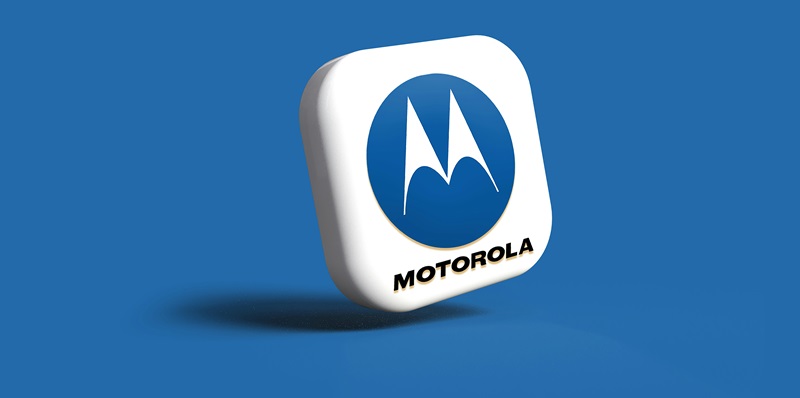Motorola is pushing forward in the realm of smartphone innovation with its development of rollable display technology, seeking to introduce an innovative device poised to revolutionize the market. Recently, the Lenovo-owned brand secured a new patent for a rollable smartphone equipped with dual fingerprint sensors, a feature designed to heighten both security and convenience for users. Approved by the US Patents and Trademarks Office (USPTO) on November 5, 2024, this patent highlights a forward-thinking approach by placing a fingerprint sensor on each side of the device. This design allows users to unlock their phone from both the front and back when the device is unrolled, presenting a more versatile and accessible experience.
While Motorola continues to invest heavily in its Razr series of foldable clamshell Android smartphones, the advancement of rollable displays suggests a potential future shift in their product lineup. The newly mentioned model, tentatively named the Motorola Rizr, showcases the brand’s commitment to staying ahead in the competitive smartphone market. However, despite the promise of this technology, a commercially available model is not expected anytime soon.
The patent, known as "Managing consistent fingerprint-on-display (FOD) location on a rollable device having multiple FOD sensors," demonstrates Motorola’s methodical approach to resolving potential technical challenges associated with their innovative display technology. Integrating dual fingerprint readers is a testament to the company’s dedication to blending cutting-edge technology with enhanced usability and security features. Such advancements reflect a broader trend within the mobile industry as companies compete to deliver more adaptable and user-friendly devices.
Despite the allure of the Razr+ 2023 model continuing to draw consumers with its competitive pricing on Amazon, Motorola’s commitment to innovation behind the scenes is evident. Persistent developments in flexible screen technology underscore Motorola’s ambition to lead the market in smartphone design. This new patent further exemplifies the company’s proactive stance on pushing the boundaries of mobile technology.
In summary, Motorola’s latest patent for a rollable smartphone featuring dual fingerprint sensors represents a significant step in the company’s quest to offer more adaptable and user-friendly mobile devices. Such developments mark a potentially pivotal shift in the smartphone market, showcasing Motorola’s strategic emphasis on innovation and enhanced user accessibility. However, the timeline for the commercial availability of this technology remains uncertain, leaving consumers eagerly anticipating the next breakthrough.

